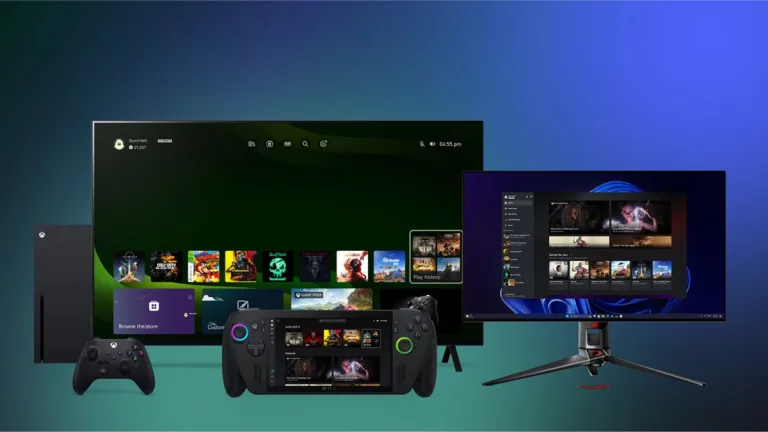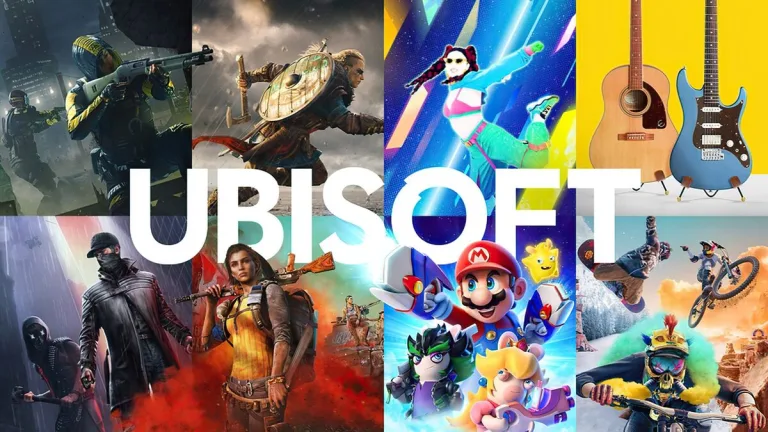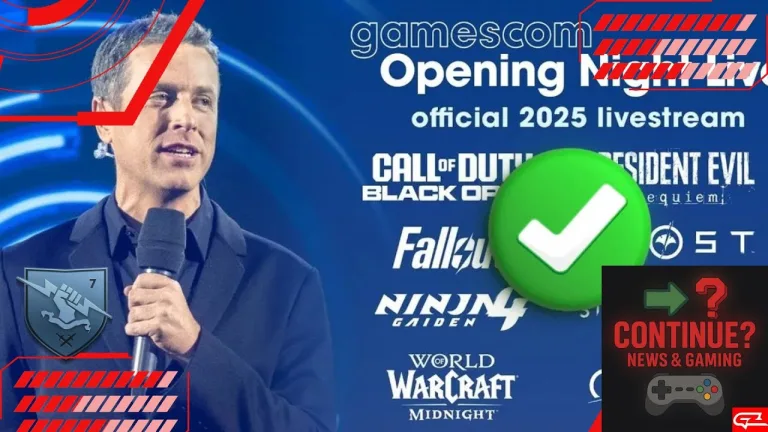Gamescom 2025’s Opening Night Live was packed with surprises — from Black Ops 7’s Cold War twist...
GeeZusGG
At the recent Unreal Fest in Seoul, Epic Games CEO Tim Sweeney addressed a growing criticism: that...
When No Man’s Sky launched in 2016, it was a promise half-kept — a procedurally generated universe...
Microsoft’s August Xbox update isn’t just a list of patch notes — it’s a statement about where...
Bungie just changed CEOs — quietly, without fanfare. But this isn’t just a leadership swap. It’s a...
In a move that feels both nostalgic and sobering, Atari has officially confirmed the acquisition of more...
When the name Acclaim flashes across a screen, it’s more than just a logo—it’s a time capsule....
Gamescom 2025 delivered a whirlwind of announcements — from Black Ops 7’s Cold War twist to the...
When Replaced first appeared on the gaming radar during Xbox’s E3 2021 showcase, it instantly stood out....
When Ubisoft took the stage at Gamescom 2025 to announce The Division 2: Survivors, it wasn’t just...









